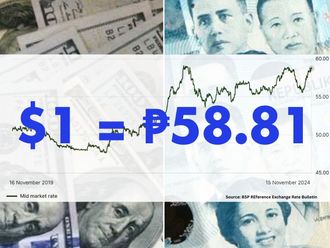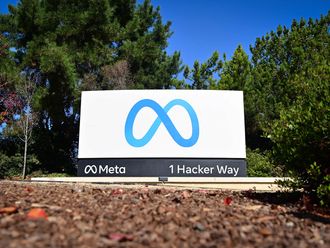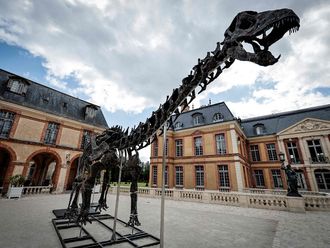New Delhi: Indian consumer prices increased at the slowest pace in four months in July as the climb in energy costs moderated.
The consumer-price index rose 9.86 per cent from a year earlier, compared with a revised 9.93 per cent in June, the Central Statistical Office said in New Delhi today.
The Reserve Bank of India left interest rates unchanged last month to tackle inflation risks such as energy tariffs, a drop in the rupee and the impact of a weak monsoon on crops. The monetary authority faces a policy dilemma since economic growth is the weakest in nearly a decade even as price pressures remain a challenge, according to Morgan Stanley.
“Even if inflation moderates, it is near 10 per cent and that is high from the Reserve Bank’s perspective,” Sujan Hajra, chief economist at Anand Rathi Financial Services Ltd in Mumbai, said before the report. The central bank is unlikely to reduce interest rates again this year, he said.
The rupee, which has tumbled about 18 per cent against the dollar in the past 12 months, strengthened 0.3 per cent to 55.595 per dollar in Mumbai. The BSE India Sensitive Index rose 0.4 per cent, while the yield on the 8.15 per cent government bond due June 2022 declined to 8.23 per cent from 8.24 per cent on August 17.
Prices in the fuel and light category climbed 7.36 per cent last month from a year earlier, today’s statement showed, compared with a previously reported 10.34 per cent in June. Food and beverage costs rose 11.53 per cent, while clothing, bedding and footwear advanced 11.02 per cent.
‘Dominant’ Threat
Indian consumer inflation is the fastest in the Group of 20 major economies after Argentina, according to data compiled by Bloomberg. Wholesale inflation eased to a 32-month low of 6.87 per cent in July while remaining the highest among the largest emerging nations, a report showed last week.
Reserve Bank of India Governor Duvvuri Subbarao has said the pace of price gains is above a “threshold” level that may be about 5 per cent. Deputy Governor Subir Gokarn said two days ago that inflation is currently the “dominant” threat.
The Reserve Bank left borrowing costs at 8 per cent on July 31 for a second meeting, breaking with a wave of cuts from China to Brazil. Economic expansion weakened to a nine-year low of 5.3 per cent in the first quarter from a year earlier.
The consumer-price gauge was created last year and the government started giving year-on-year data beginning in 2012. Subbarao has said that while it is too new to be used as the only headline measure of inflation, it can’t be ignored and arguably “reflects the most updated economic structure.”












